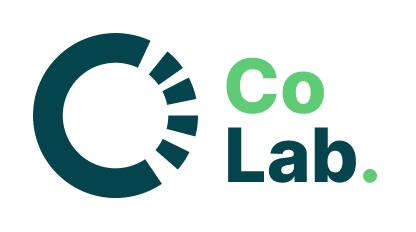Synergy in Schools: Fostering Effective Teacher Collaboration
In the bustling world of education, effective collaboration among teachers is crucial for creating a thriving learning environment. However, when teamwork falters, it's easy to fall into the trap of quick fixes:
"We're not on the same page about curriculum - let's schedule another team meeting!"
"That interdisciplinary project didn't go well - let's reorganize the unit plan!"
While these solutions may seem logical, they often only address surface-level issues. To truly improve collaboration, educators need to delve deeper and understand their own working styles and those of their colleagues.
The Three Collaboration Styles
Research has identified three primary collaboration styles: reflective, interactive, and visual. Let's explore each style and how it manifests in a school setting.
Reflective Collaborators
Reflective collaborators thrive on independent analysis and preparation. These teachers prefer:
Reviewing curriculum materials individually before team discussions
Tackling complex educational challenges through careful consideration
Receiving detailed agendas prior to faculty meetings
For example, a reflective English teacher might prefer to review the new literature curriculum independently, making notes and formulating questions before discussing it with colleagues.
Interactive Collaborators
Interactive collaborators value personal connections and face-to-face interactions. These educators tend to favor:
Small group discussions to align on teaching strategies
Building rapport with colleagues before diving into work-related topics
User-friendly digital tools for team communication
An interactive science teacher might organize informal lunch meetings to discuss lab safety protocols with fellow department members.
Visual Collaborators
Visual collaborators excel at creative brainstorming and graphical representation of ideas. They often prefer:
Using whiteboards or digital canvases to map out lesson plans
Spontaneous idea-sharing during active meetings
Having creative freedom to explore unconventional directions
A visual math teacher might create colorful mind maps to illustrate connections between different mathematical concepts for a cross-grade level planning session.
Bridging the Gap Between Collaboration Styles
Understanding how these styles interact is key to fostering a harmonious school environment. Let's examine some potential challenges and solutions:
Strategies for Inclusive Collaboration
Varied Meeting Formats: Alternate between structured agendas (for reflective teachers) and open brainstorming sessions (for visual and interactive teachers).
Asynchronous Collaboration: Use shared documents or forums where teachers can contribute ideas at their own pace, accommodating all styles.
Visual Planning Tools: Implement user-friendly platforms that allow for both written and visual representations of lesson plans and school initiatives.
Flexible Groupings: Form diverse teams for school projects, ensuring a mix of collaboration styles to promote balanced perspectives.
Professional Development: Offer workshops on understanding collaboration styles, helping teachers recognize and appreciate their colleagues' preferences.
By embracing these diverse collaboration styles, schools can create a more inclusive and productive environment. This approach not only enhances teacher satisfaction but ultimately leads to improved student outcomes through more effective educational strategies.
Remember, there's no "correct" collaboration style. The key is recognizing and valuing the strengths each educator brings to the table. By doing so, schools can foster a culture of mutual respect and innovation, setting the stage for educational excellence.








